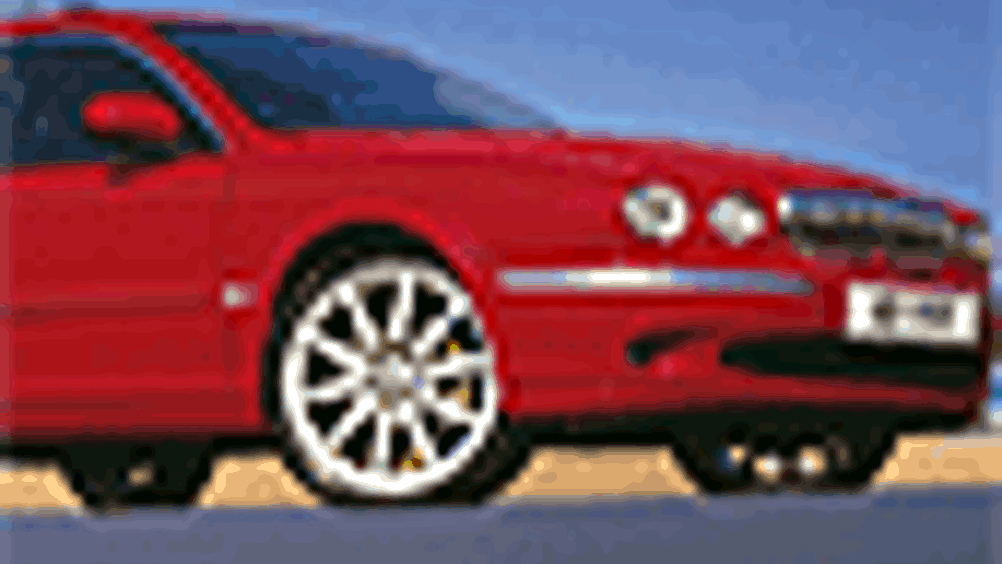Easy rider
Jaguar is backing research to create smoother car journeys by replacing shock absorbers with single linear motors. Max Glaskin reports.

The TV show Pimp My Ride, in which cars are modified into macho showboats, often reveals that the suspension is a key to vehicle appeal. The fact that this system is also commonly altered to change the appearance and ride characteristics confirms there has been little significant change in car suspension for decades.
But a different approach from researchers, in collaboration with car manufacturer
, could give suspension a new spring. They foresee using linear electromagnetic actuators to provide all the functions of the conventional shock absorber and spring system. They envisage a single linear motor in each wheel.
Isolating vibrations
Suspension systems have to isolate vibration, optimise road holding and ensure reliable cornering. They attempt to achieve this by absorbing energy while travelling over rough ground and dissipating it, maintaining wheel geometry to maximise tyre contact with the ground, and reacting to the weight of the car during cornering to minimise body roll. These functions are provided by a combination of springs, shock absorbers and anti-roll bars. The team, based at
Register now to continue reading
Thanks for visiting The Engineer. You’ve now reached your monthly limit of news stories. Register for free to unlock unlimited access to all of our news coverage, as well as premium content including opinion, in-depth features and special reports.
Benefits of registering
-
In-depth insights and coverage of key emerging trends
-
Unrestricted access to special reports throughout the year
-
Daily technology news delivered straight to your inbox










Water Sector Talent Exodus Could Cripple The Sector
Maybe if things are essential for the running of a country and we want to pay a fair price we should be running these utilities on a not for profit...